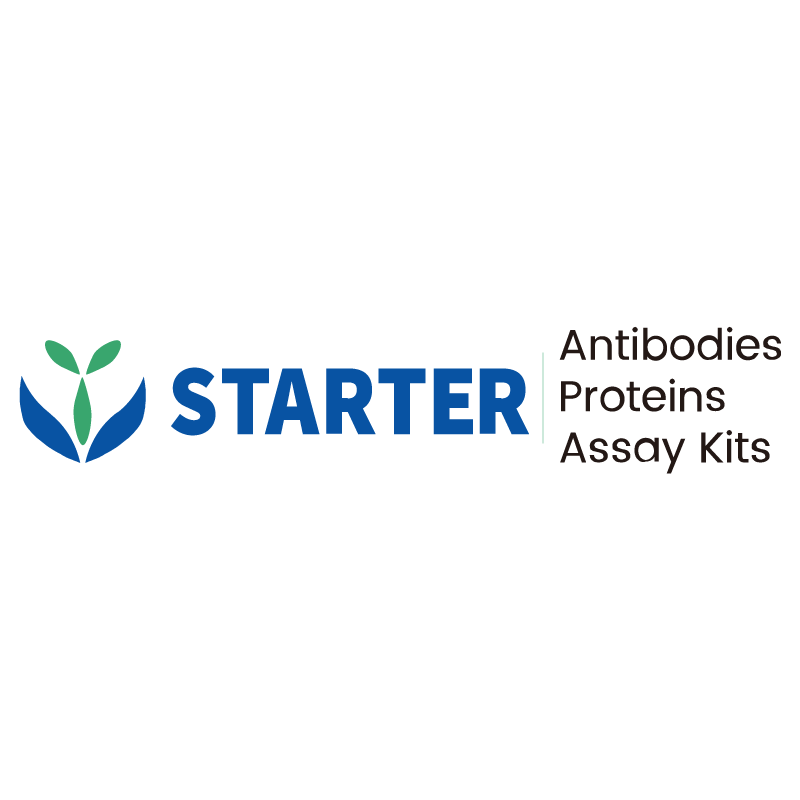Flow cytometric analysis of BALB/c mouse splenocytes labelling Mouse CD23 antibody at 1/2000 (0.1 μg) dilution/ (Right panel) compared with a Rat IgG2a, κ Isotype Control / (Left panel). Goat Anti-Rat IgG Alexa Fluor® 488 was used as the secondary antibody. Cells were stained with CD19 - Brilliant Violet 421™ Antibody separately.
Product Details
Product Details
Product Specification
| Host | Rat |
| Antigen | CD23 |
| Synonyms | Low affinity immunoglobulin epsilon Fc receptor; Fc-epsilon-RII; Lymphocyte IgE receptor; Fcer2a; Fcer2 |
| Location | Secreted, Cell membrane |
| Accession | P20693 |
| Clone Number | S-R672 |
| Antibody Type | Rat mAb |
| Isotype | IgG2a,k |
| Application | FCM |
| Reactivity | Ms |
| Positive Sample | BALB/c mouse splenocytes |
| Purification | Protein G |
| Concentration | 2 mg/ml |
| Conjugation | Unconjugated |
| Physical Appearance | Liquid |
| Storage Buffer | PBS pH7.4 |
| Stability & Storage | 12 months from date of receipt / reconstitution, 2 to 8 °C as supplied. |
Dilution
| application | dilution | species |
| FCM | 1:2000 | Ms |
Background
CD23, also known as the low-affinity IgE receptor (FcεRII), is a 45 kDa type II integral membrane glycoprotein that plays a crucial role in regulating IgE production and B-cell differentiation. It is expressed on various immune cells, including mature B cells, monocytes, eosinophils, follicular dendritic cells, and platelets. CD23 exists in two isoforms, CD23a and CD23b, which differ in their amino acid sequences and functions. The molecule can also be cleaved into a soluble form (sCD23) that retains IgE-binding capabilities.
Picture
Picture
FC


